For remote manufacturing, a 150x150x150mm build area can only make you so many useful things. And it would be really nice to 3D print most of the parts for an extra printer or two. With the igus tribo-filament being used to print bearings, and with an extra large capacity print area for printing other framing and body pieces, the cost and logistics of getting printer parts into remote areas drops significantly.
The firmware and hardware on the electronics end of this project are straightforward, with a few changes to software options, the 3D slicer program should be able to recognize the larger print area. End-stops tell the components to stop within the travel range of the printr. Easy-peasy.
Some of the difficulties I can foresee include compensating for the added weight of a larger bed, the kinetic forces involved in moving around the larger bed, the center of gravity being affected by the added height, and bending of the guide rods when printing a larger 3D model. Most of these can be addressed by beefing up rods and attaching addition framework for stability. If the kinetics of a heavier bed don't work... well I'll burn that bridge when I get to it!!
 ken.do
ken.do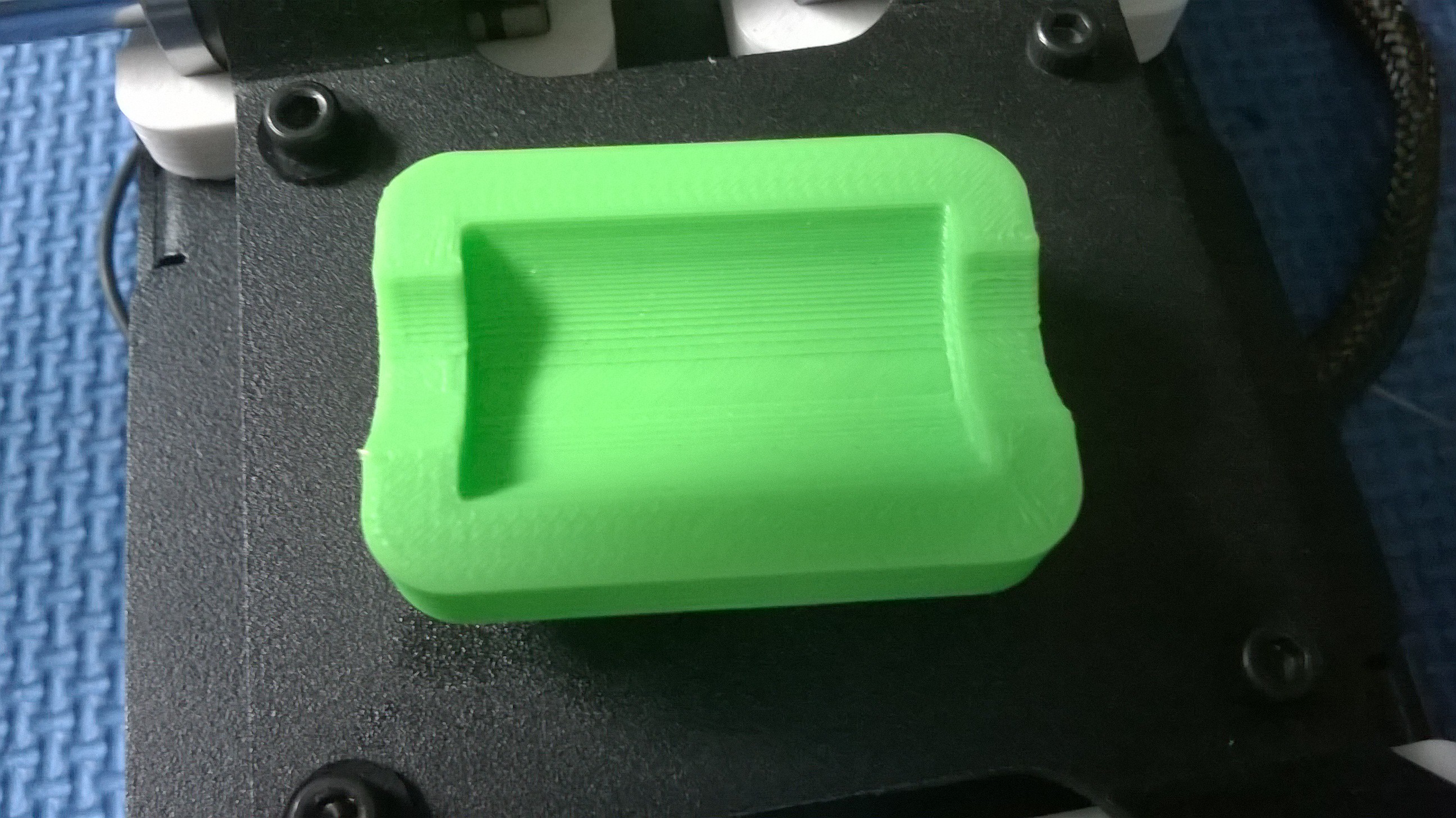
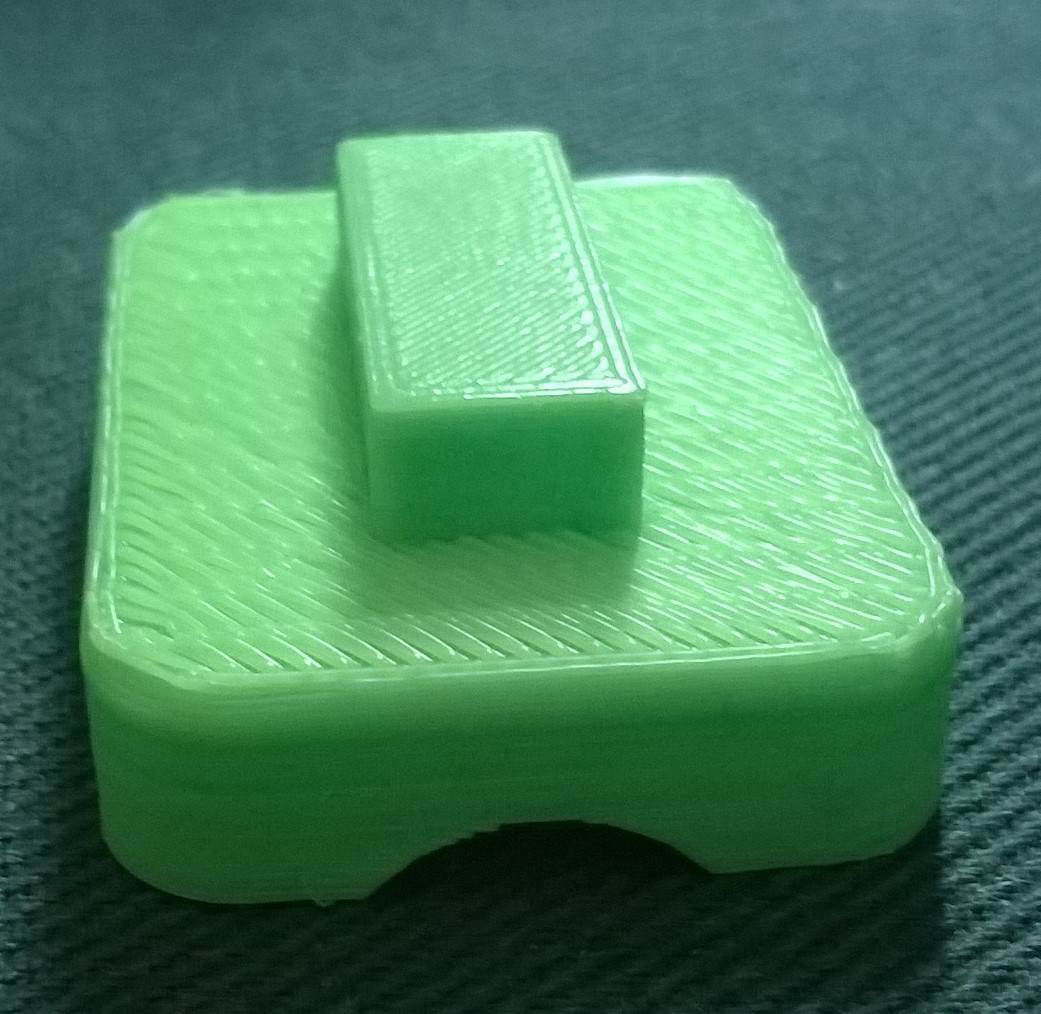

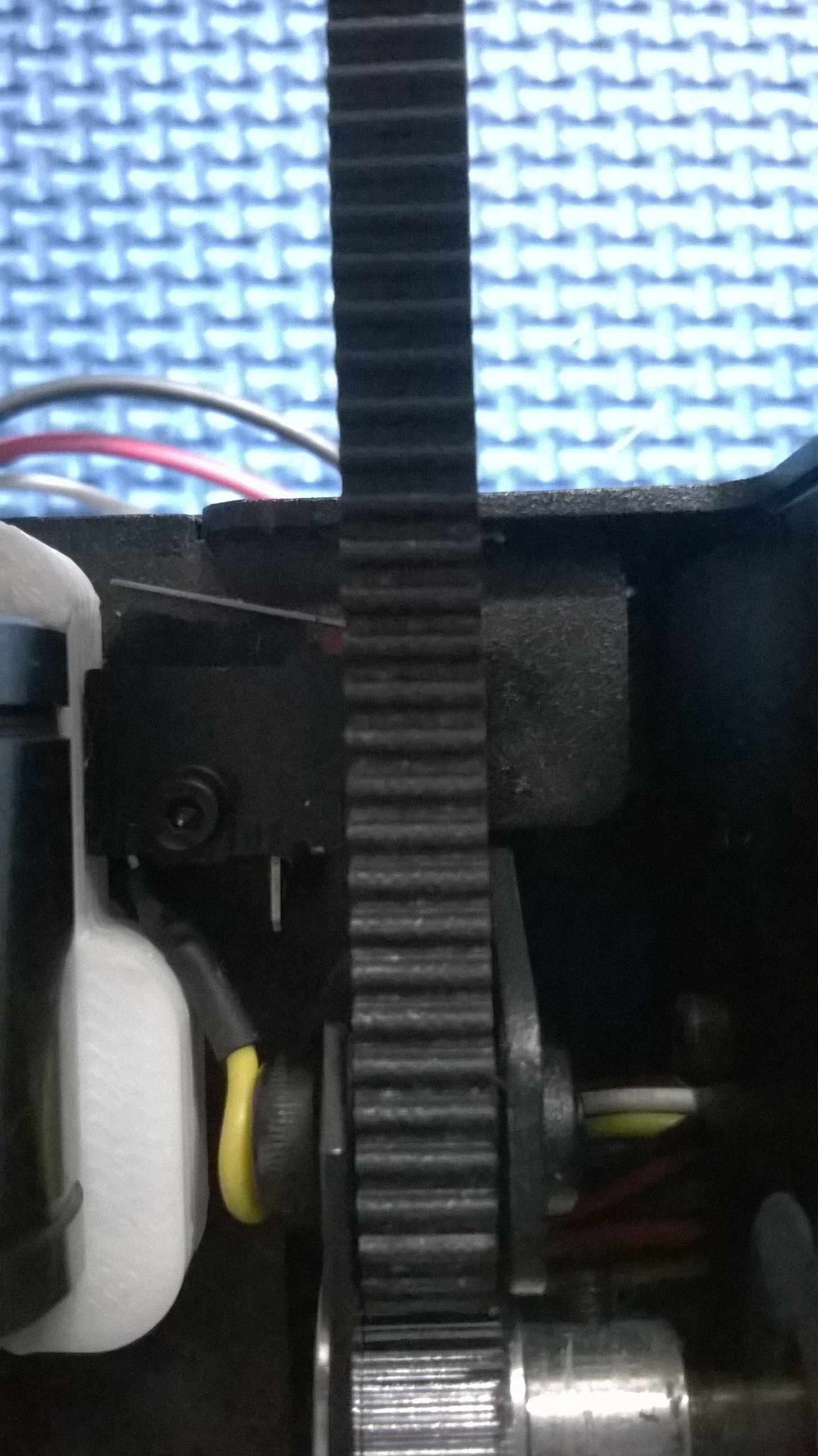
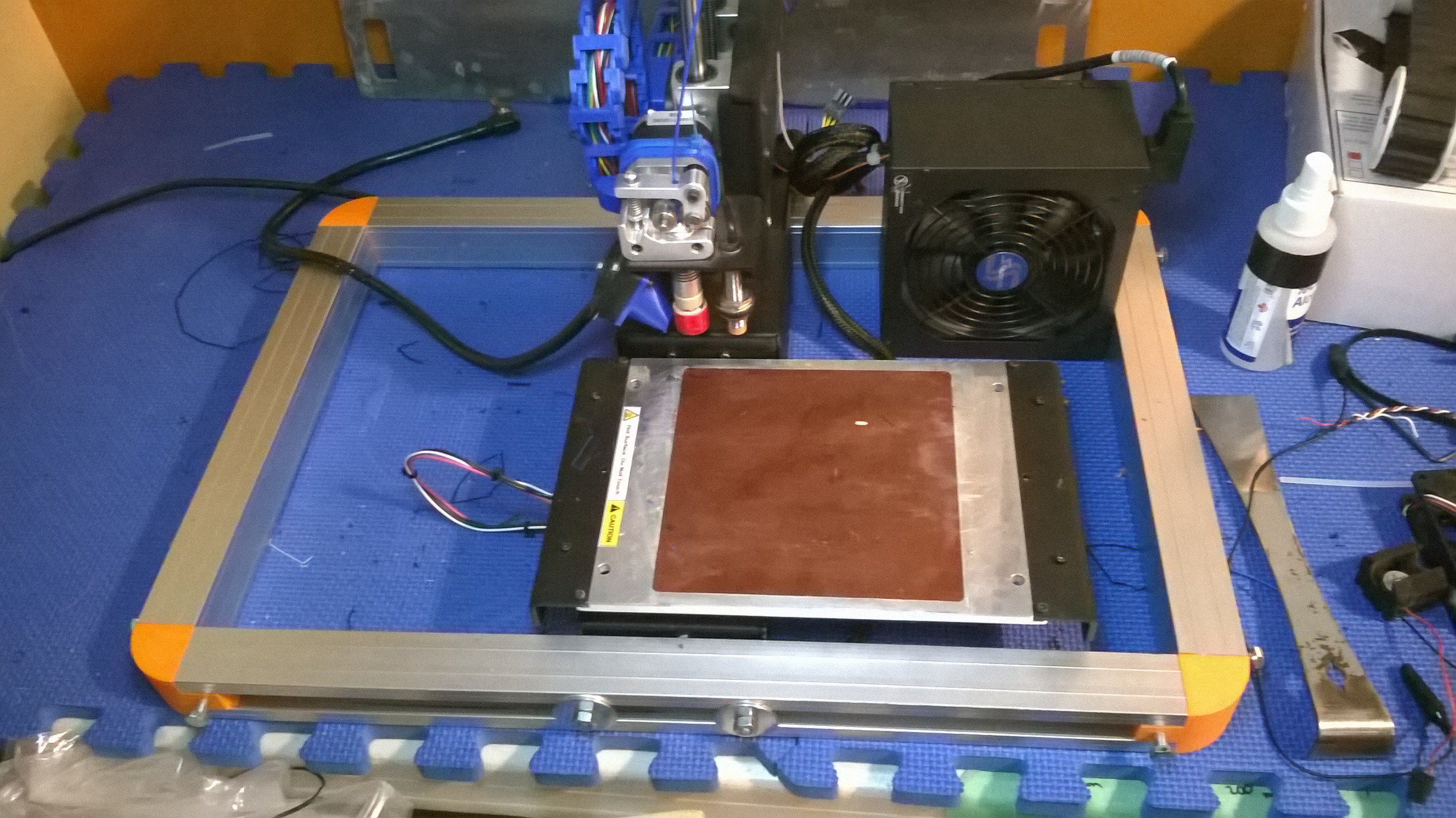
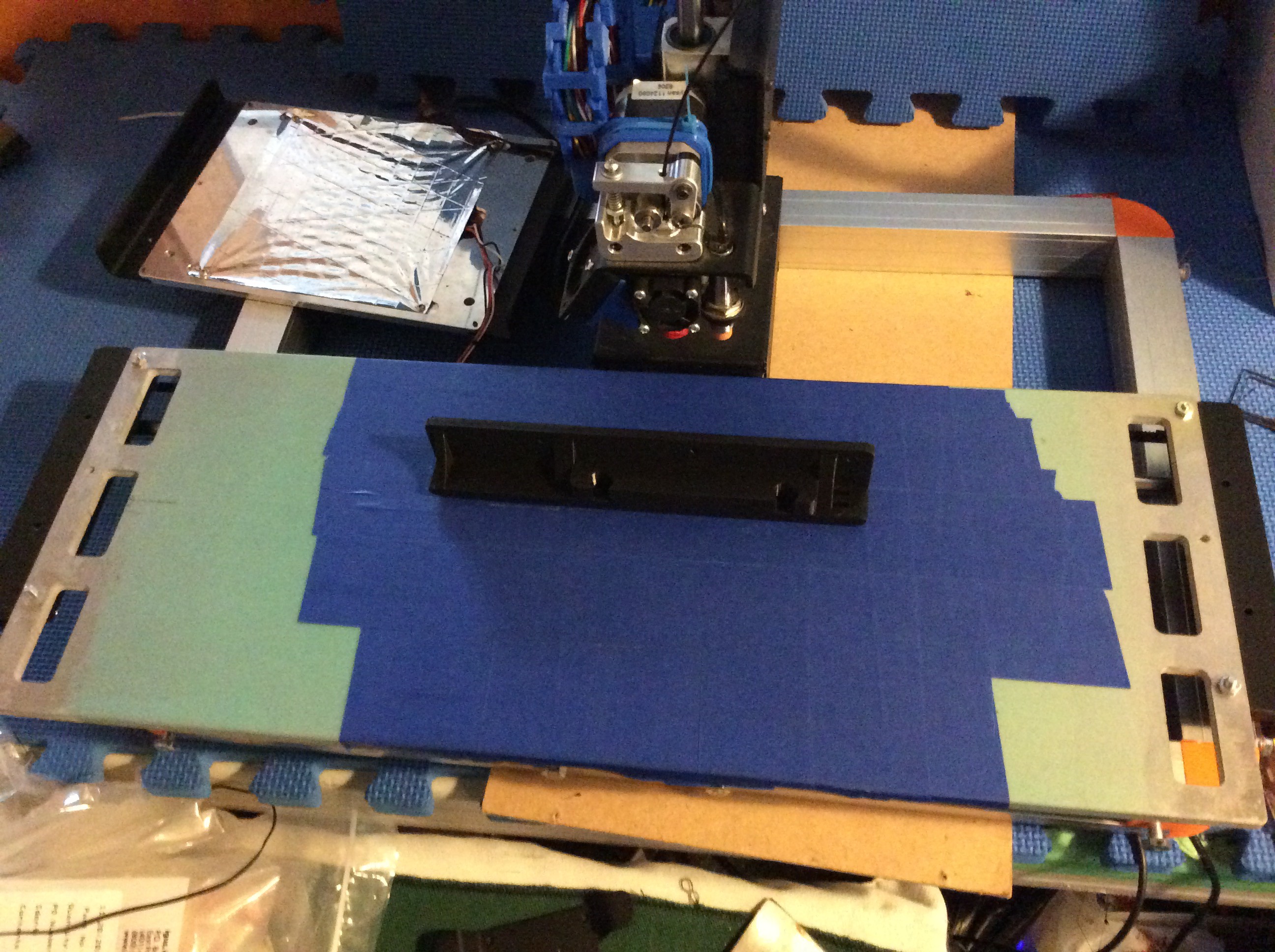
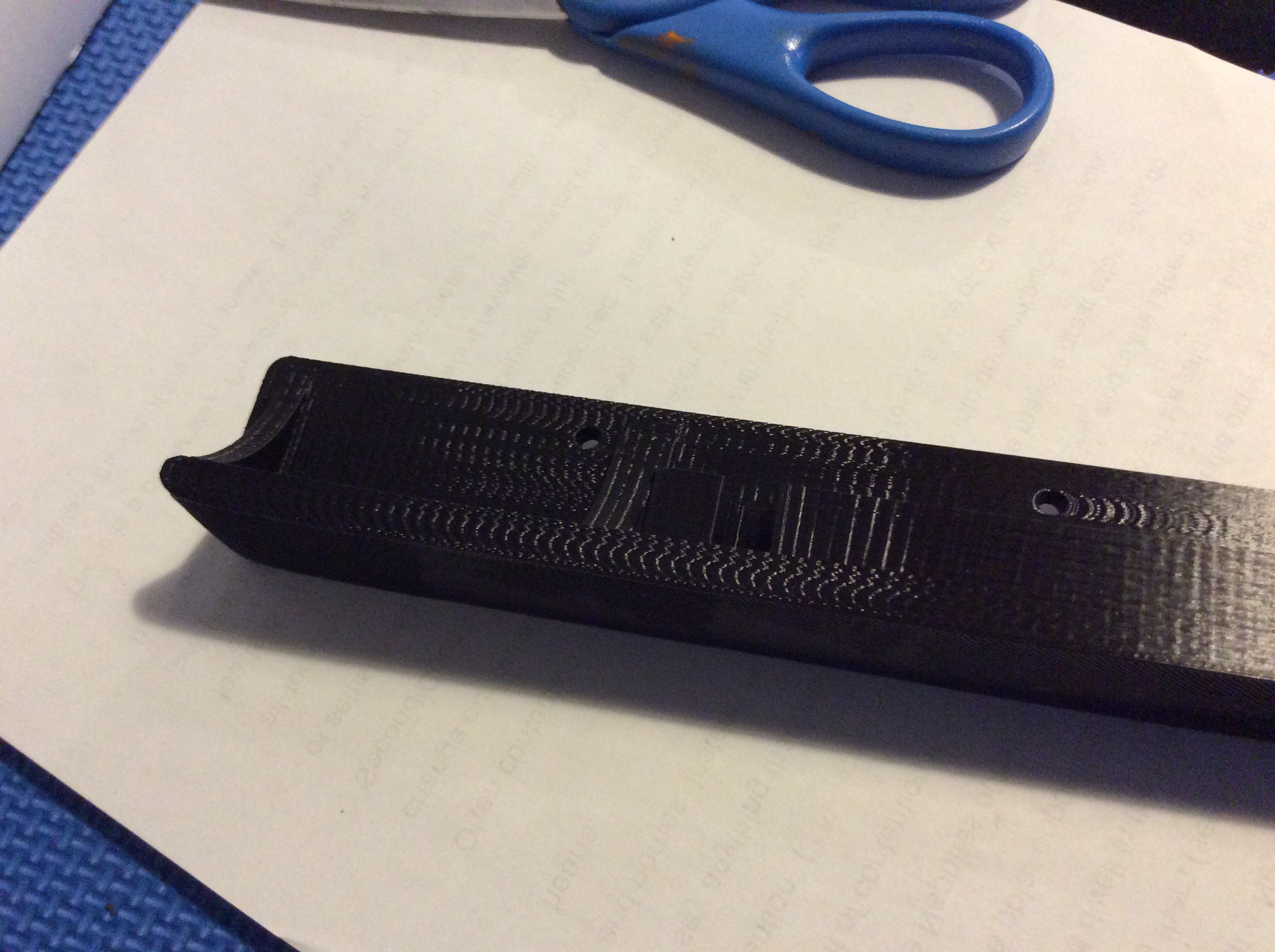
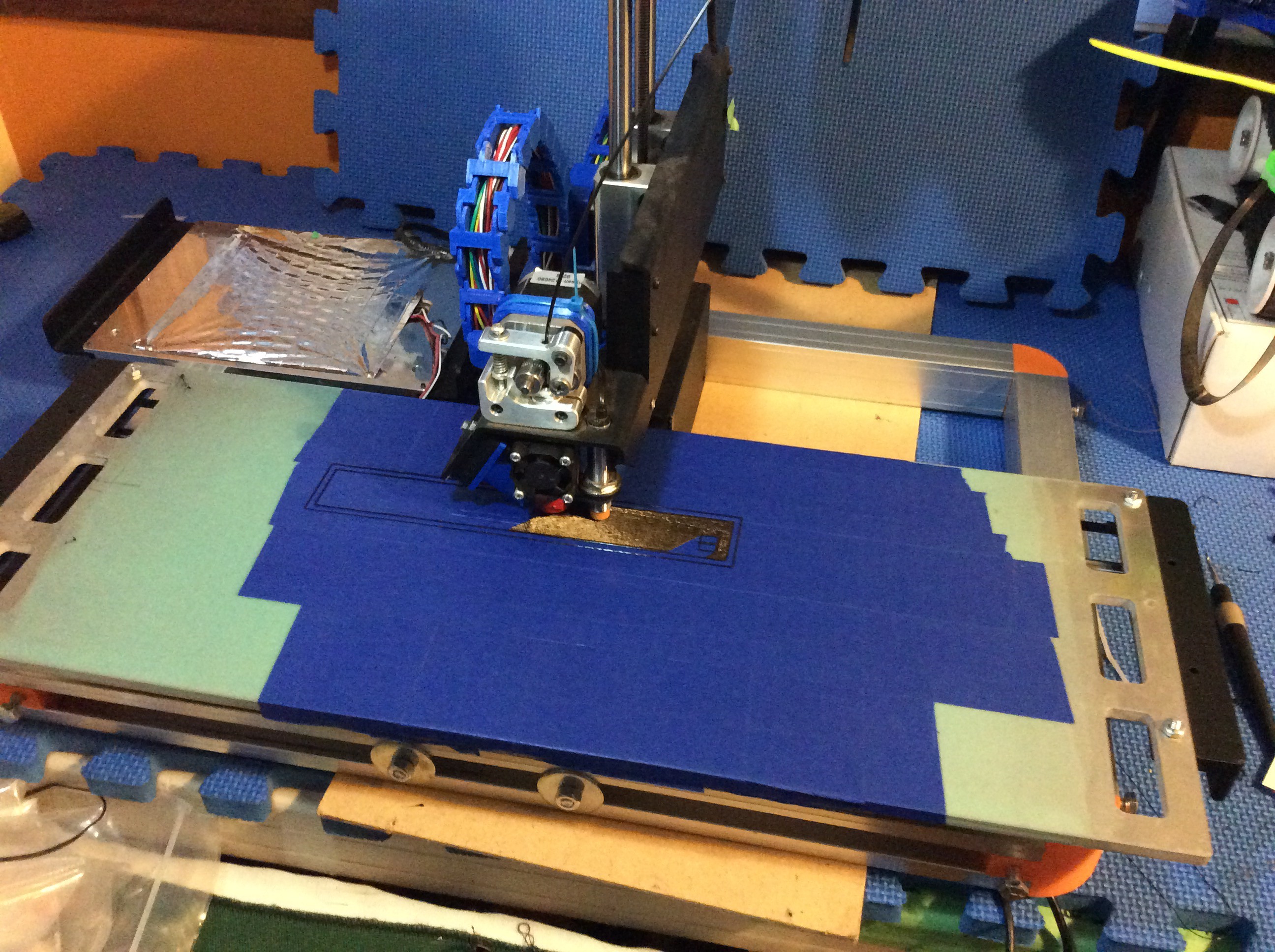
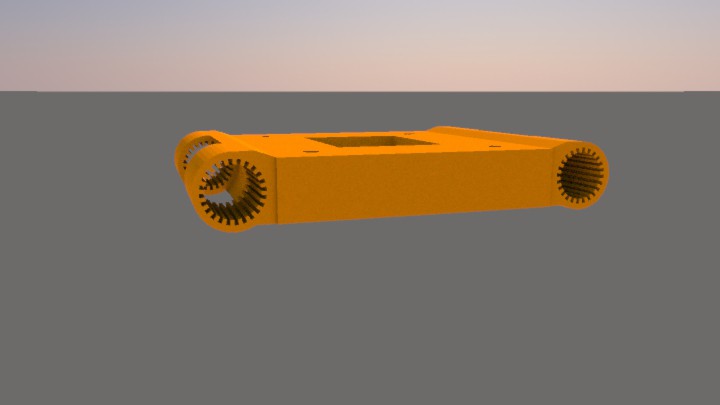
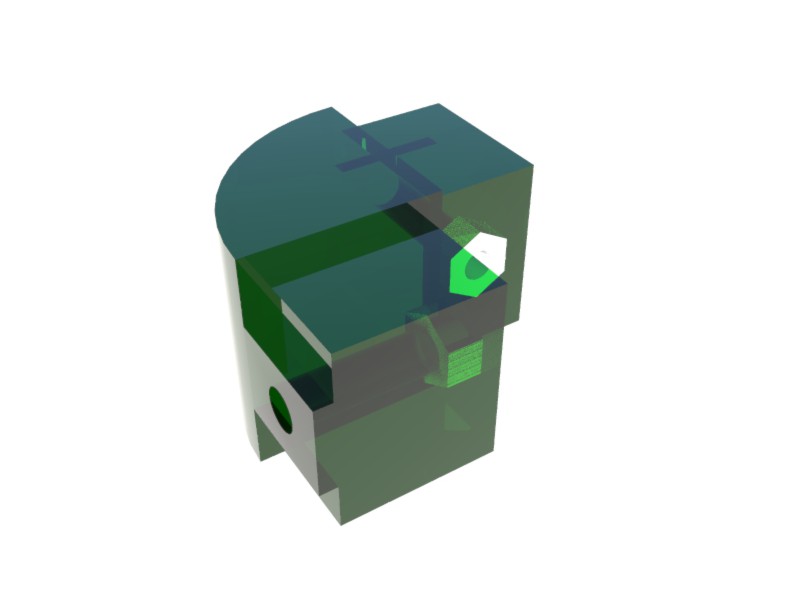
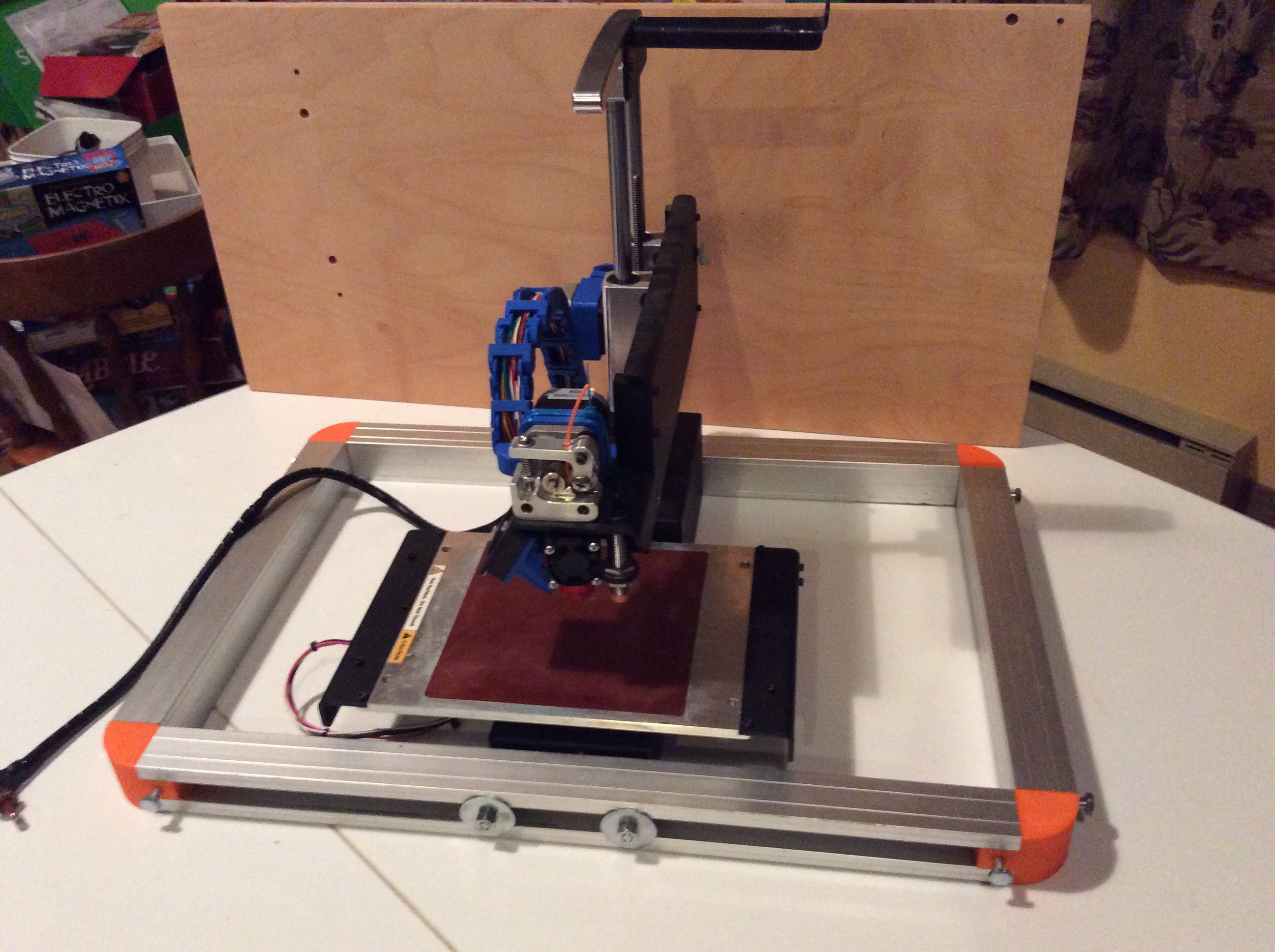
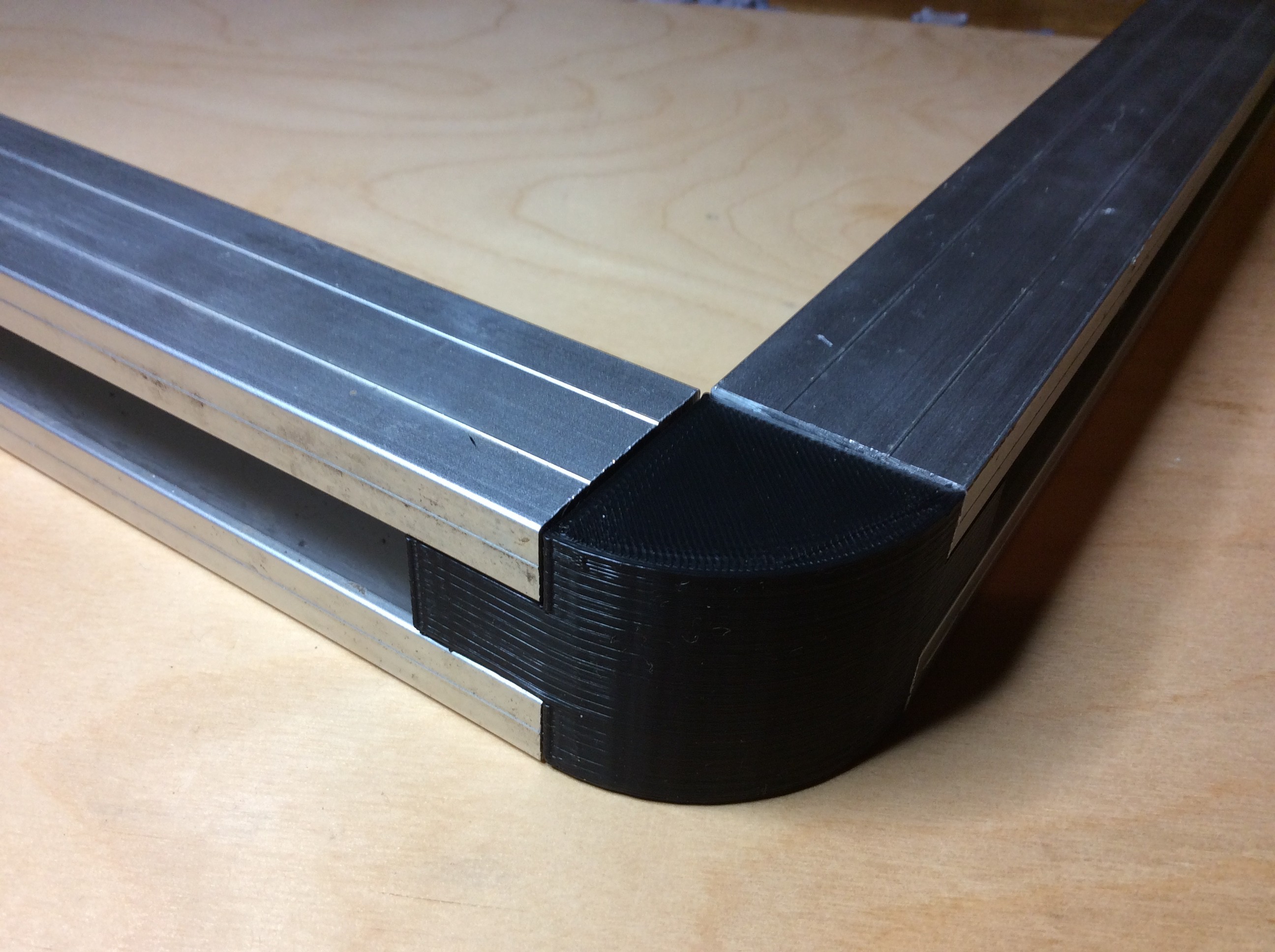
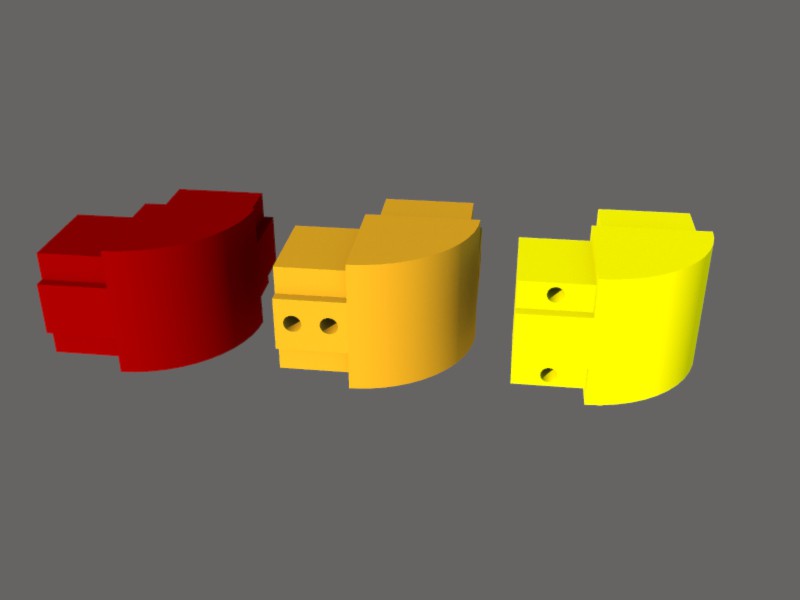
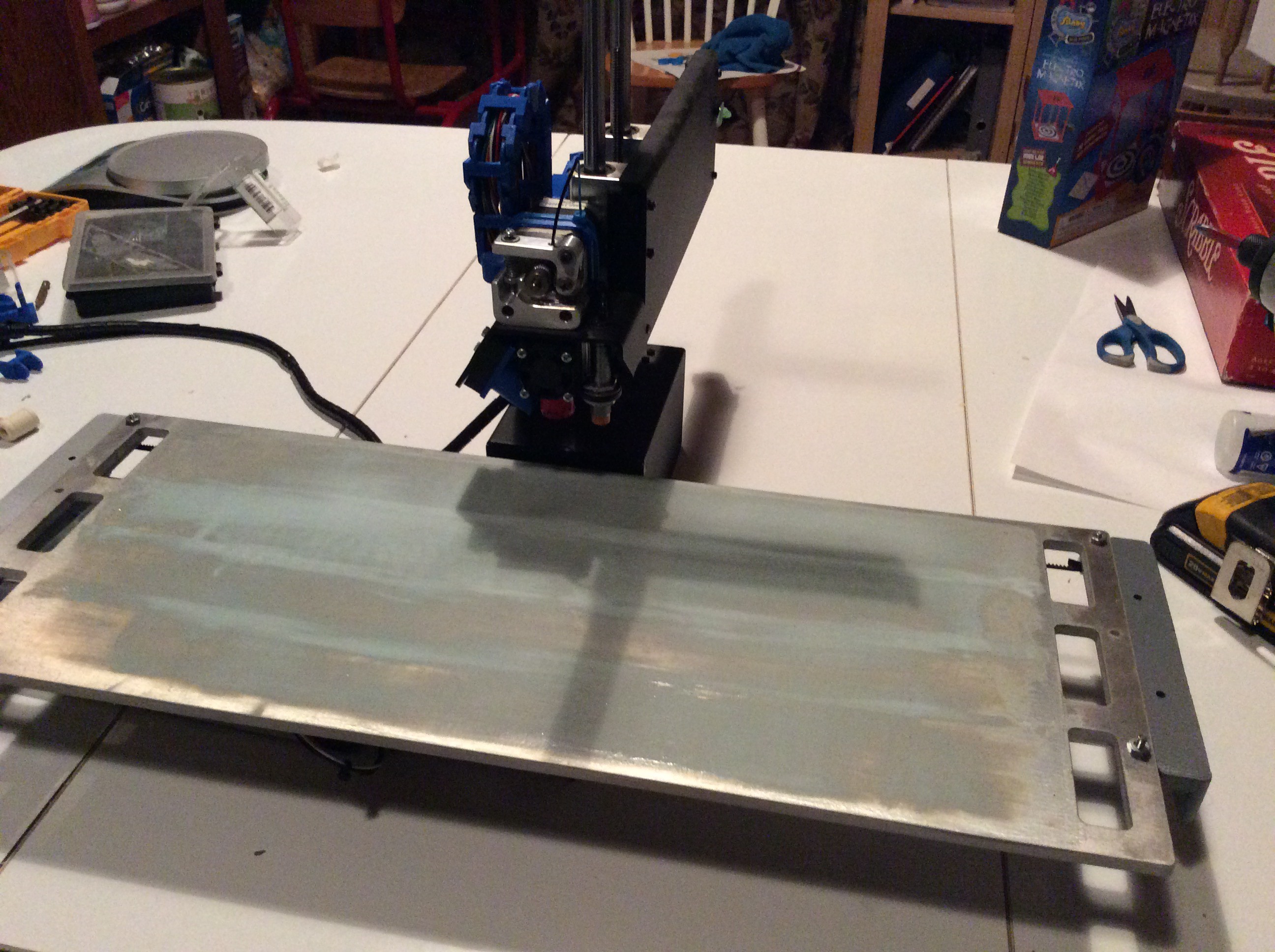
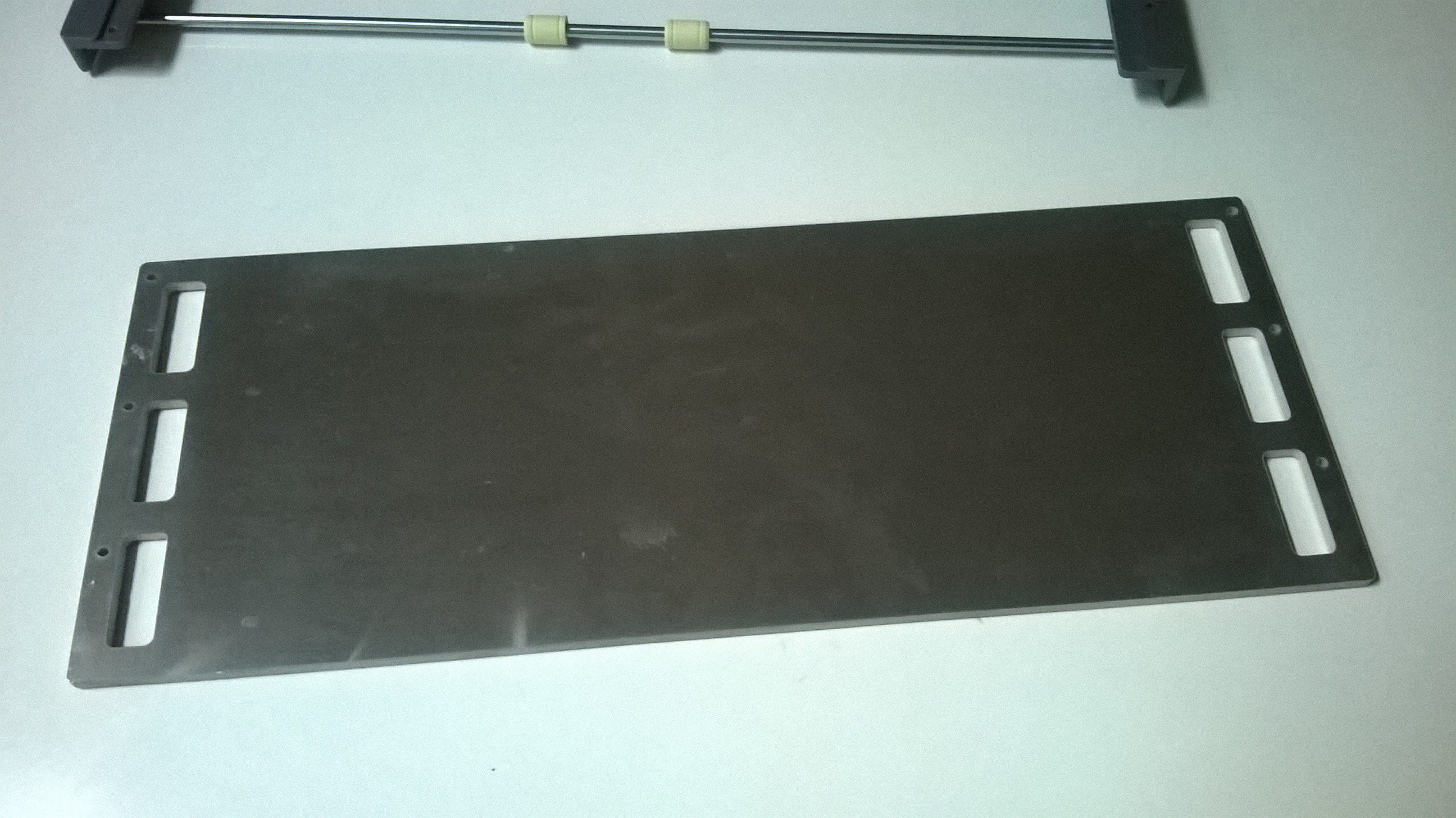
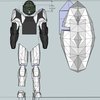
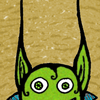
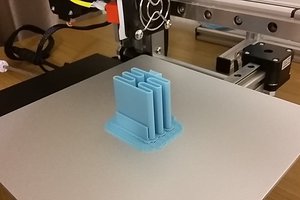
 Lukas Koch aka Ast
Lukas Koch aka Ast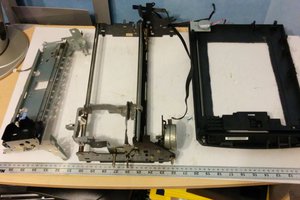
 Sebastian Lenartowicz
Sebastian Lenartowicz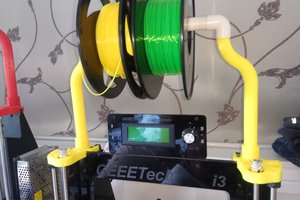
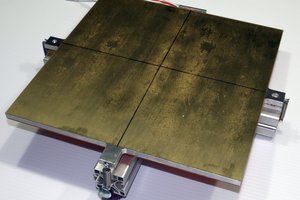
 Mark Rehorst
Mark Rehorst
You might be interested in my pillow bearing design http://www.thingiverse.com/thing:951839